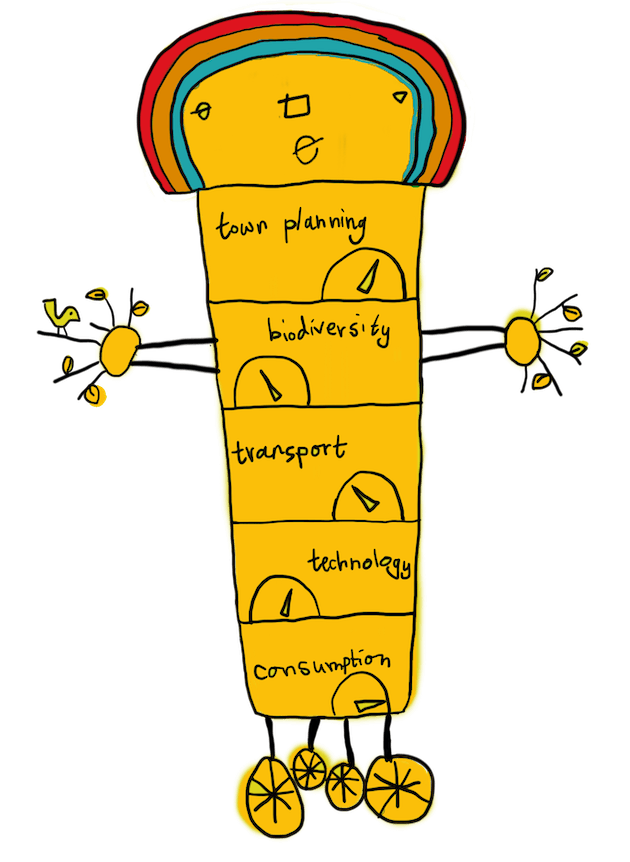A Sustainable Pontypridd
Hello again...lets take a look back in time!
In the 1920s, the South Wales Coalfield came to the end of a 60 year period of rapid economic growth based around heavy industry, particularly coal mining and metal working. Although some women had just secured the vote and the right to an increased role in civic society, only 17% of Pontypridd women were in the workforce in 1920.
The hugely destructive First World War ended in 1918 - a conflict which had taken a terrible toll on the population and the economy. After a short period of post-war recovery, 1924 saw the start of 15 years of struggle and hardship for large sections of the population, and the beginning of a long, slow, economic decline from which South Wales, like many other post-industrial areas, has never fully recovered.
100 years ago Pontypridd was a hub of interconnected transport networks. On average there were 450-500 trains a day passing through Pontypridd Central station (the town had two other stations until 1930!), transporting raw materials, consumer goods and passengers. Many people worked more locally and reached their workplace on foot or by bus or tram. Nowadays much commercial rail transport has moved to road, and over 83% of personal journeys are made by car.
The stuff people own has also changed in the past 100 years. We can even see this in the Museum! What would people from the 1920’s think about some of the things we choose to have in the collection, such as postcards, payslips and flat irons? How should we decide today what is important enough to preserve, and what could otherwise be reused, upcycled, or disposed of?
GET IN TOUCH
Contact Us
Thank you for contacting us.
We will get back to you as soon as possible.
We will get back to you as soon as possible.
Oops, there was an error sending your message.
Please try again later.
Please try again later.
OPENING TIMES -
- Monday
- -
- Tuesday
- -
- Wednesday
- -
- Thursday
- -
- Friday
- -
- Saturday
- -
- Sunday
- Closed

Sign up to our mailing list
Thank you for subscribing.
Keep an eye out for updates from the Museum in your inbox!
Oops, there was an error subscribing.
Please try again later.
Enter your email address to subscribe and receive museum news.
ADDRESS
Bridge Street
Pontypridd
Rhondda Cynon Taff
CF37 4PE
















